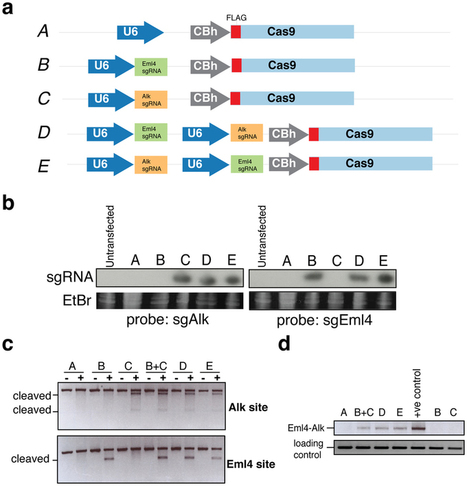Research and publish the best content.
Get Started for FREE
Sign up with Facebook Sign up with X
I don't have a Facebook or a X account
Already have an account: Login
 Your new post is loading... Your new post is loading...
 Your new post is loading... Your new post is loading...
|
|













The authors generated a BCAM-AKT2 fusion via chromosomal translocation using the CRISPR/Cas9 system leads to focus formation in both OVCAR8 and HEK-293T cell lines, suggesting that BCAM-AKT2 is oncogenic. Their results indicate that BCAM-AKT2 expression is a new mechanism of AKT2 kinase activation in HGSC. BCAM-AKT2 is the only fusion gene in HGSC that is proven to translate an aberrant yet functional kinase fusion protein with oncogenic properties.
www.geg-tech.com